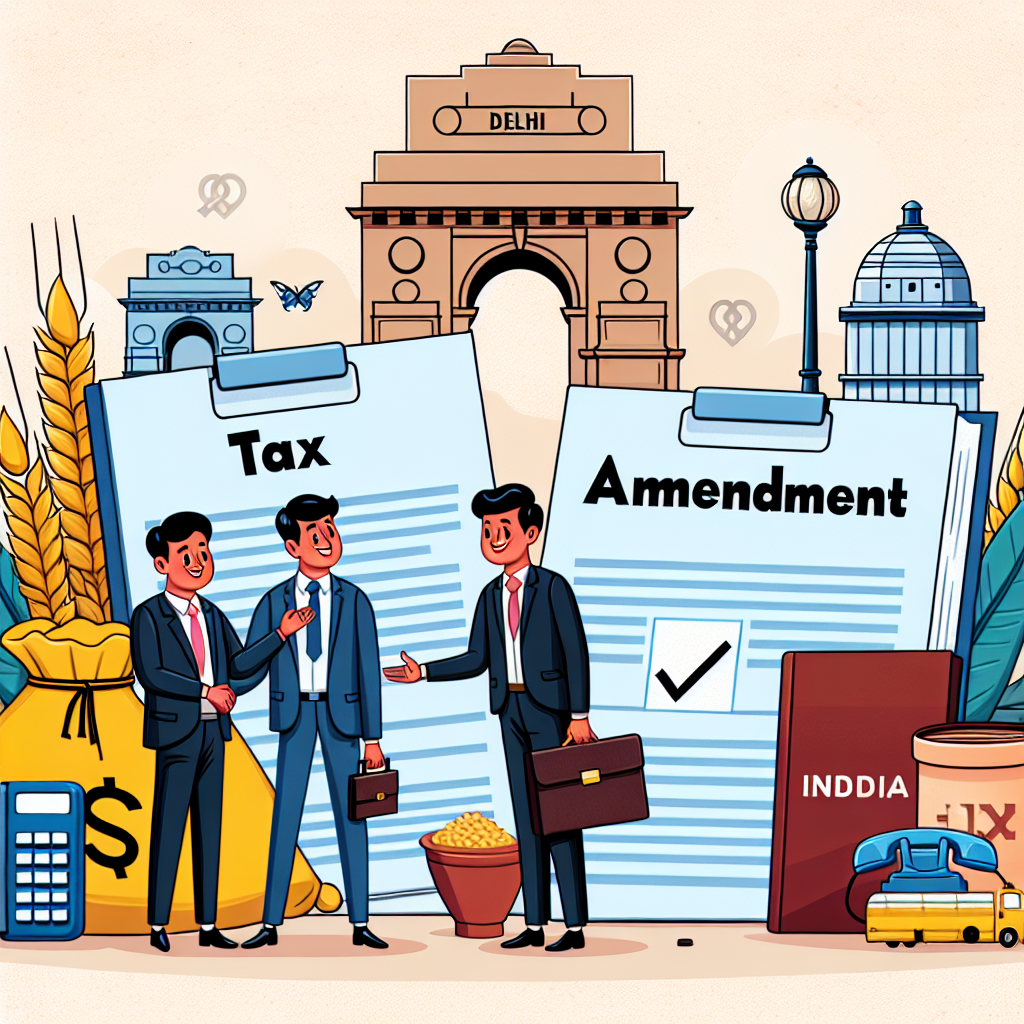Revamp of GST Tax Structure to Boost Consumption in India
The central government plans to overhaul the GST regime by introducing two main tax rates of 5% and 18%. The changes aim to stimulate consumption by shifting most goods and services to lower tax brackets. Luxury and sin items will have a special rate, potentially increasing economic activity.

- Country:
- India
The central government is set to revamp India's Goods and Services Tax (GST) framework by introducing two principal tax rates of 5% and 18%, according to highly placed sources with knowledge of the matter.
Currently, the GST system employs multiple rates, charging 0% on essential food items, 5% on daily-use items, 12% on standard goods, 18% on electronics and services, and 28% on luxury and sin products. The restructured GST will consolidate these into two key slabs, alongside a special 40% rate specifically for luxury and sin goods.
Once the GST Council approves these changes, 99% of items that presently fall under the 12% bracket will move to the 5% category. Similarly, around 90% of goods and services taxed at 28% are expected to shift to the 18% rate. This overhaul is projected to energize consumption levels while compensating for potential revenue reductions from the adjusted rates.
(With inputs from agencies.)










